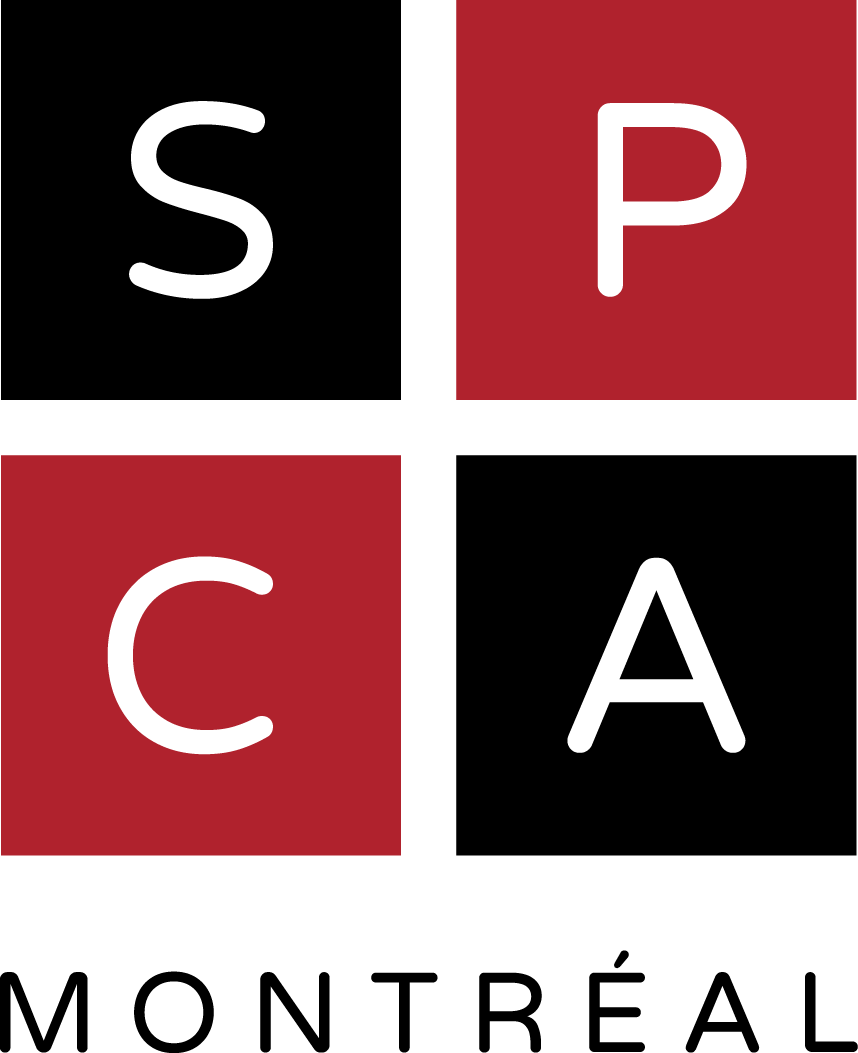It’s a cold October morning. I’m working on the road and heading to my next inspection. It’s nice out, the sun shines a beautiful golden color onto the fields on either side of the road. As I drive onto a country road, I see a cow lying down on my right.
Nothing unusual, yet something feels strange. The cow is alone, motionless, lying in a gravel driveway near an empty building, in an unfenced area. No one is around.
The cow is trembling. I’m worried that she’ll panic and cause an accident, as the road is just a few meters away. I stopped at a nearby home, and knock at the door. “We’re waiting for the rendering plant to pick up the animal,” I am told. I don’t understand, as the cow is very much alive. Later on that day, I will learn that rendering plants sometimes kill live cattle with captive bolt guns. That is part of the “services” they offer.
I finally find the person in charge (or rather, he finds me). He explains to me that the nearby building was formerly used for auctions, but is now being used as a stop for animals in transport. When being loaded off the transport truck that morning,, around 6:30 am, the cow had difficulty walking and subsequently collapsed. She is a dairy cow, at the end of her productive life and thus on her way to the slaughterhouse. As it’s forbidden by law to transport injured animals, the driver of the truck simply left her here and continued on with his journey. I’m told the cow will be shot later this afternoon.
What can I do? I called my team at the Montreal SPCA and we decided to find a bovine veterinarian and to send him out to my location immediately.
Meanwhile, the manager of the facility comes to see me. He informs me that, in the end, the rendering plant isn’t available for the next three days, so he has just asked a veterinarian to come euthanize the cow right away. I tell him that a veterinarian is already on the way.
I then realize that if I hadn’t happen to stop by there that day, the cow would have been left wounded, without water or food, stretched out in the gravel and exposed to the elements all weekend until Monday morning.
The veterinarian arrives a few minutes later and examines the cow. She has an abnormal lump on her back. He is unable to confirm whether she is in pain. All he can tell me is that something is wrong with her, but he can’t specify what exactly without a thorough examination. He adds that in a situation such as this one, when a cow refuses to get up, euthanasia is the best option.
I have no grounds to act under my Criminal Code powers, since the veterinarian can’t confirm whether the cow is suffering. Further, unlike in every other Canadian province, the Quebec Ministry of Agriculture doesn’t allow SPCA inspectors to enforce provincial animal welfare legislation with respect to animals other than dogs and cats. I am completely helpless. We proceed with the euthanasia.
The euthanasia takes a long time and requires several times the normal dose. The veterinarian has to perform many injections in the same location; there is a lot of blood.
I’m crouched down next to this cow, watching her die while the veterinarian and the farmer comment on how we are “wasting meat”. I can’t believe my ears: “You see what laws do! They stop us from transporting wounded animals, which means we have to waste all this meat. Meanwhile, some people are dying of hunger. It has come to the point where they can’t even drag them by their legs into the slaughterhouse when they can’t get up!”
Here we are, waiting for this poor cow to die, and that’s all they can find to say, really? This animal never asked to be born in order to be killed to serve mankind. At the very least, this gentle and sensitive animal who was losing her life deserved to be shown some respect. Before leaving, the manager of the facility and the veterinarian insist that the SPCA pay part of the veterinary expenses. After all, I’m the one who asked for these services… As everyone leaves, I stay in my car for a moment, trying to process what just happened.

I’m well aware that I only saw the tip of the iceberg that day. The level of detachment demonstrated by those present at the scene clearly show that these are current practices. Yet, ever since that sunny autumn day, I have drastically reduced my intake of dairy products and have gradually removed meat from my diet. It’s that cow who changed my life. I called her Betsy. After all, if all cows had a name, it would be much harder to eat them, wouldn’t it?
I’m sad I had to witness Betsy’s death in order to become aware of all the suffering inflicted on animals used for food. I don’t wish it upon anyone to see what I saw that day. I have a thought for all those who work in slaughterhouses and who have to kill animals who do not want to die, just like Betsy. I don’t think that we can remain the same after being exposed to animal suffering. I regret not kneeling down next to Betsy while she was dying to try to bring her some comfort. It haunts me that I froze, foolishly, waiting for her life to end.
I often still think of her, and although I couldn’t do anything for her legally, I’m grateful that the SPCA decided to share my story, despite its sad ending. When it comes to saving animals, not all stories have a happy ending, but if Betsy’s story can help raise awareness and encourage people to make small changes in their daily habits, then she won’t have died in vain and the ending to this story will be a little bit softer. Every morning, when I pour almond milk into my coffee, I have a thought for Betsy.

 Elyse G. Hynes
Elyse G. Hynes
Elyse G. Hynes has been an inspector and special constable for the Montreal SPCA’s Investigations and Inspections Department since April 2014. She holds a Bachelor of Law from Université de Montréal as well as a certificate in criminology from the same institution. As a team leader for the deaprtement, her role is to coordinate the work of inspectors in the field and to ensure that animal cruelty and neglect investigations are successfully completed. Passionate about horses, Elyse is also a volunteer for Galahad, an organization whose mission is to find homes for rescued equines. She shares her life with her dog, Holly, her cat, Capitaine Tofu, and her horse, Achilles. (© Photo of Elyse : Anik Therrien-Létourneau, photographer)







